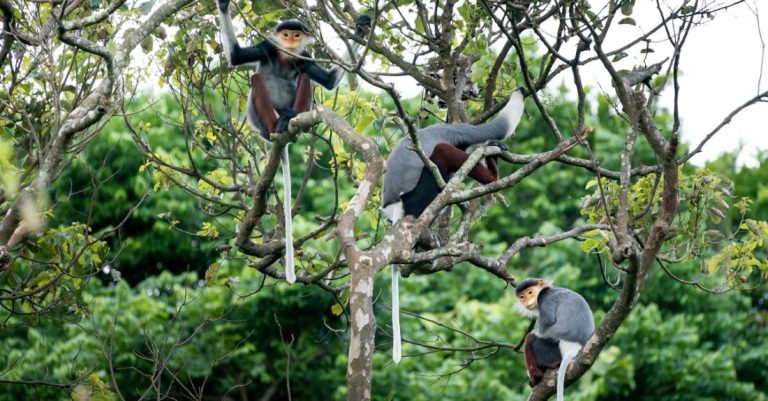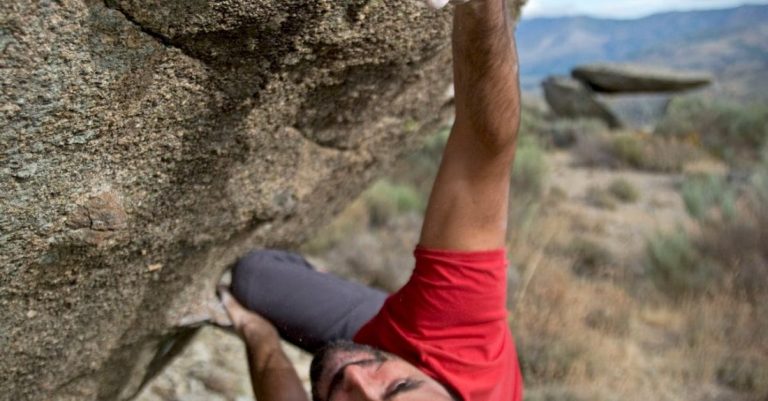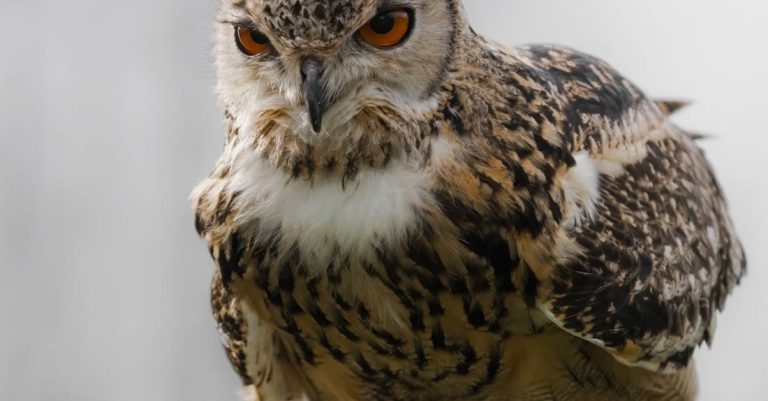
Creating a wildlife sanctuary in your backyard is a rewarding and impactful way to support local biodiversity while enjoying the beauty of nature right outside your door. By providing a safe and welcoming habitat for various wildlife species, you can contribute to conservation efforts and create a peaceful retreat for yourself. With a few simple steps and thoughtful planning, you can transform your backyard into a thriving sanctuary that attracts a diverse array of birds, insects, and other wildlife.
Understanding the Importance of Wildlife Sanctuaries
Before diving into the practical aspects of creating a wildlife sanctuary in your backyard, it’s important to understand why these spaces are so crucial for the environment. Wildlife sanctuaries provide refuge for native plants and animals, offering protection from habitat loss, pollution, and other threats. By creating a sanctuary in your own backyard, you can help support declining species, promote biodiversity, and create a more resilient ecosystem.
Designing Your Wildlife Sanctuary
The first step in creating a wildlife sanctuary is to assess your backyard space and determine how you can best support local wildlife. Consider the existing vegetation, water sources, and shelter opportunities on your property. Aim to create a diverse habitat that includes a mix of trees, shrubs, flowers, and other plants to attract a wide range of wildlife species.
Planting Native Species
One of the most important aspects of creating a successful wildlife sanctuary is planting native species of plants. Native plants are adapted to the local climate and soil conditions, making them more attractive to native wildlife species. Research the native plants that are well-suited to your region and incorporate them into your backyard landscape. Choose a variety of plants that bloom at different times of the year to provide food and shelter throughout the seasons.
Providing Food and Water Sources
In addition to planting native vegetation, consider adding supplementary food and water sources to attract wildlife to your sanctuary. Bird feeders, birdbaths, and shallow dishes of water can provide essential resources for birds, butterflies, and other creatures. Be sure to clean and refill these sources regularly to keep them inviting to wildlife.
Creating Shelter and Nesting Sites
Wildlife sanctuaries should also offer shelter and nesting sites for animals to feel safe and raise their young. Incorporate features such as brush piles, rock piles, and dead trees (if safe and permitted) to provide hiding spots and nesting opportunities for birds, reptiles, and small mammals. You can also install birdhouses, bat boxes, and insect hotels to encourage wildlife to take up residence in your sanctuary.
Maintaining Your Wildlife Sanctuary
Once you have established your wildlife sanctuary, ongoing maintenance is key to ensuring its success. Regularly monitor the health of your plants, remove invasive species, and provide fresh food and water for wildlife. Consider keeping a journal to track the species that visit your sanctuary and any changes you observe over time.
Enjoying Your Wildlife Sanctuary
Creating a wildlife sanctuary in your backyard is a labor of love that can bring you closer to nature and provide a sense of fulfillment. Take time to observe the wildlife that visits your sanctuary, listen to their songs, and appreciate the beauty of the natural world. Share your sanctuary with friends and family, and inspire others to create their own havens for wildlife.
Embracing the Beauty of Nature
In a world where natural habitats are shrinking and wildlife populations are declining, creating a wildlife sanctuary in your backyard is a meaningful way to make a positive impact. By providing a safe haven for local plants and animals, you can help preserve biodiversity and create a haven for wildlife to thrive. With some careful planning and a little effort, you can transform your backyard into a vibrant sanctuary that brings joy and wonder to your life every day.





